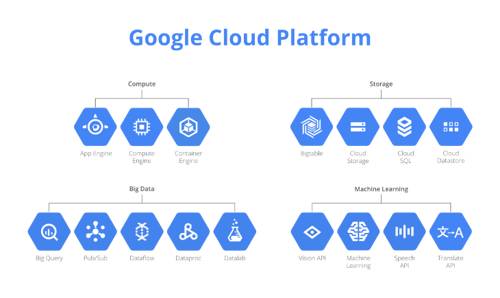Google has been using QUIC for four years. QUIC is a UDP-based encrypted transport protocol that is optimized for HTTPS in order to deliver traffic for Google's products, including Google Web Search and Youtue, among others. If your browser of choice is Chrome, than you are using QUIC whenever you land on a Google site page.
It is claimed that QUIC makes the web faster, especially for slower connections, making Google Drive the first major public cloud tooffer QUIC support to their HTTPS load balancers. QUIC was designed with a mobility-first approach, supports migrating connections rom wifi to cellular and back.

Benefits of QUIC
When a web client uses TCP and TLS, it requires two to three round trips with a server to establish a secure connection before the browser can send a request. Using QUIC, if a client has talked to a given server before, it can start sending data without any round trips, therefore, your pages on your websites will load faster - QUIC improves mean page load time by 8% globally, and up to 13% in regions where latency is higher. QUIC won’t let a problem with one request slow the others down, even on an unreliable connection.
Encryption is built into QUIC, using AEAD algorithms such as AES-GCM and ChaCha20 for both privacy and integrity. QUIC authenticates the parts of its headers that it doesn’t encrypt, so attackers can’t modify any part of a message.
How to enable QUIC?
If you are a Shardimage.com user, you don't have any special task with this, we already enabled the usage of QUIC.
Future applications for QUIC
Google aims for QUIC to become a standard for web communication. QUIC is also designed to evolve over time. Future planned versions will also include features such as partial reliability, multipath, and support for non-HTTP applications like WebRTC. QUIC works across changing network connections. QUIC can migrate client connections between cellular and Wifi networks, so requests don’t time out and fail when the current network degrades.
If you are interested in a more detailed description of the QUIC, please read the following post from Google. »















